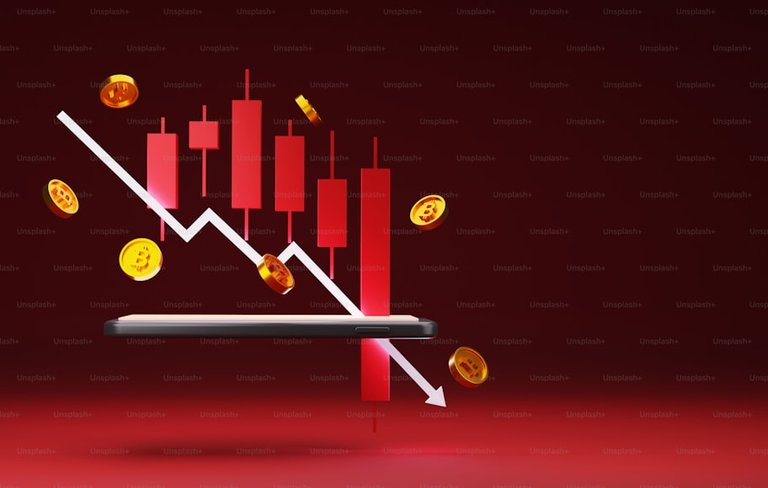The world of cryptocurrency never fails to surprise. When you slowly start to understand it, boom, the market constantly changes, leaving one utterly in awe. Today, as I checked the prices until now, I couldn't help but be struck by the upward-trending graph of Bitcoin. It has dropped significantly, the lowest in over a month, but why? What drives this downward spiral? In a publication by Cointelegraph, the drops were at least partially attributed to several causes: A key one, among others, is outflows from Bitcoin's spot exchange-traded funds (ETFs). Investment vehicles dominated by Bitcoin have reportedly seen takers for nearly $500 million in ETFs since June 10.

Link
Also, there has been a fall in the dominance of Bitcoin in the uptick of altcoins. These changes have undoubtedly contributed to drops in the price of bitcoin. Another factor in play here is that, with a strong dollar against other currencies, investors will move into less risky assets. These, combined with a mix of macro data from the U.S. and the Fed's revised stance on holding onto rate cuts, have created a risk-off sentiment among investors. Effectively, this increases the opportunity cost of holding Bitcoin for riskier assets, applying downward selling pressure to it.
This drop is not unique to Bitcoin, it is part of a general correction in one of the most exhausted popular bullish continuation patterns: the bull flag. Two downward-sloping trend lines can be identified as the same following a strong upside move. Now, this current correction can send the value of Bitcoin still lower at the end of June to the lower trend line, below $60,000. Overall, however, the view remains positive for Bitcoin. This, in turn, brings the bull flag into play, projecting a breakout above the upper trend line near $72,000 to as high as $88,000 in July or August.
Altcoin investors are keeping an eye on the developments regarding an all-time high-challenging Bitcoin and the entry of new institutional money into Ether. On the subject of altcoins, as Bitcoin has been losing it, many alternative cryptocurrencies are increasingly taking over the market. Or, according to the Bitcoin Dominance Index, provided by BTC.D., the calculated changes indicate that there have been changes in investors' decisions in favor of altcoins. This trend got a fillip with recent developments like the U.S. Securities and Exchange Commission deciding to end its probe into Ethereum, the top altcoin market capitalization.
The role that centralized exchanges play in these dynamics of the market is mind-blowing, even to this date. Even after the failure of the FTX exchange, the centralized exchanges are so significant for putting new users into this crypto space. The ease of access they present to the new investor makes them a sentry for mainstream adoption. However, hybrid and decentralized exchanges are the next big challenge for centralized exchanges. These create a more trustless environment that should duly catch on with crypto-native users. However, if centralized exchanges want to remain somewhat competitive, they must create better user experiences and marketing efforts that attract traditional retail investors.
Posted Using InLeo Alpha